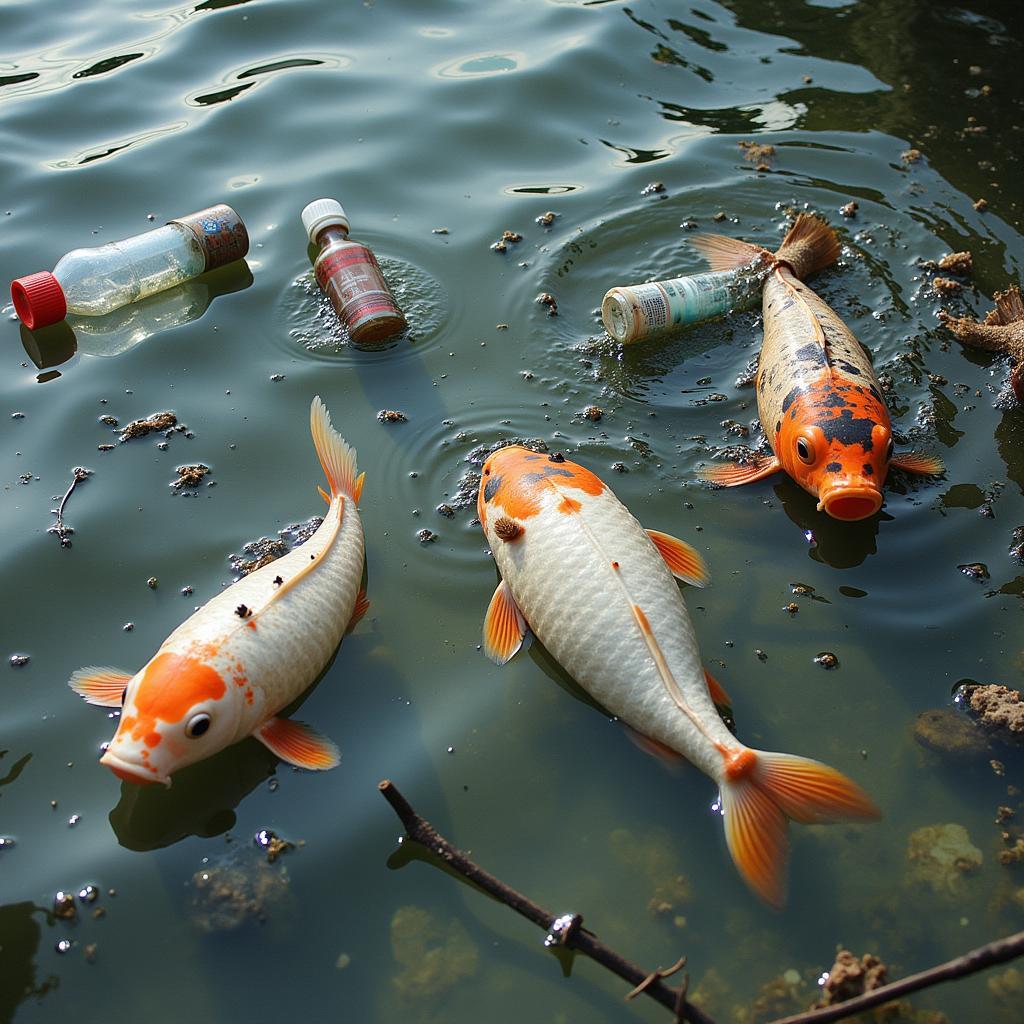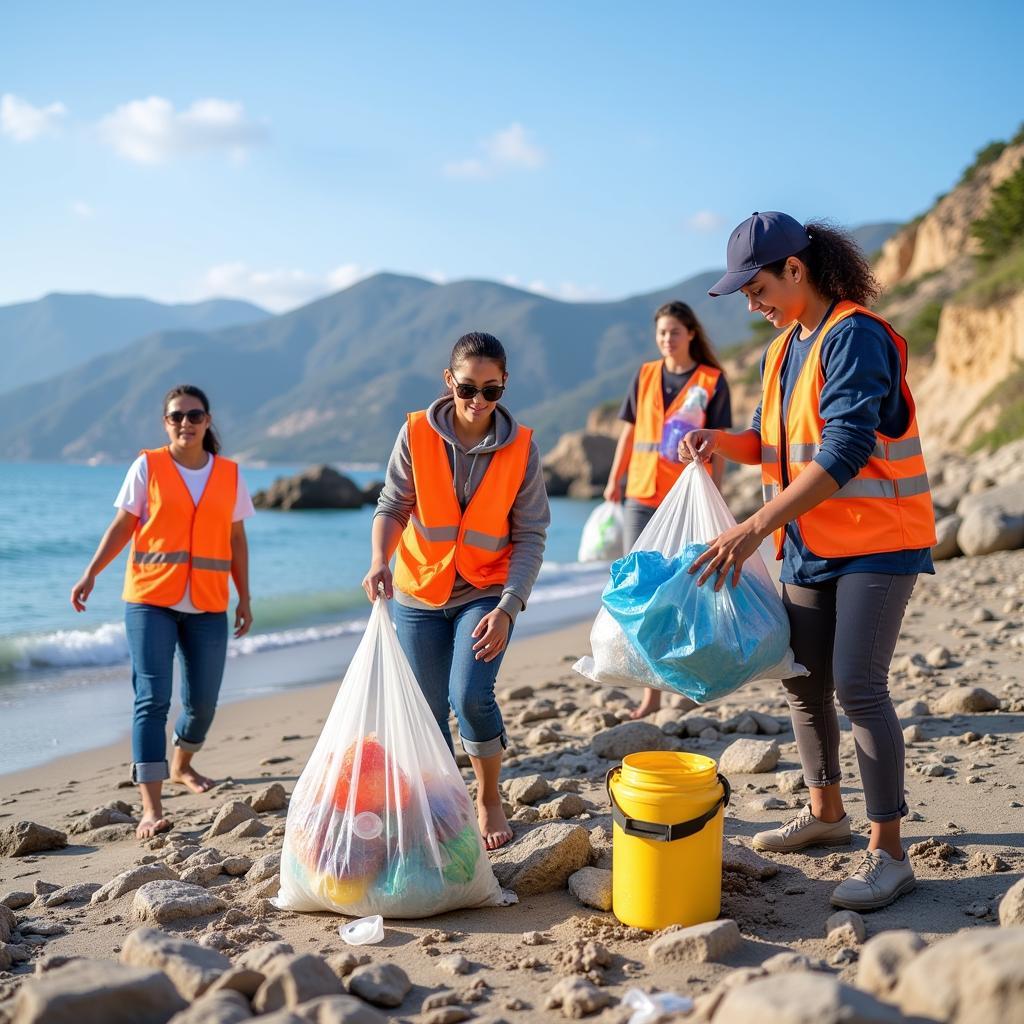Environmental pollution is a pressing global issue, and being able to write about it effectively in English is crucial for raising awareness and advocating for change. This article will provide you with the tools and vocabulary you need to articulate the complexities of pollution and its impact on our planet. We’ll explore various types of pollution, their causes and consequences, and potential solutions, all while focusing on clear and persuasive English writing techniques. You’ll be able to craft compelling essays, articles, and presentations that can inspire action and contribute to a healthier environment. Let’s dive in and discover how to write about environmental pollution in English with impact and clarity.
Understanding Different Types of Pollution
Before writing about environmental pollution, it’s essential to understand its various forms. Pollution isn’t limited to just air and water; it encompasses a broader range of environmental damage. Here’s a breakdown of some key types:
- Air Pollution: This includes the release of harmful substances into the atmosphere, like greenhouse gases, particulate matter, and toxic fumes. Air pollution contributes to respiratory problems, acid rain, and climate change.
- Water Pollution: This involves the contamination of water bodies, such as rivers, lakes, and oceans, with pollutants like sewage, industrial waste, and agricultural runoff. It harms aquatic life, disrupts ecosystems, and makes water unsafe for human consumption.
- Soil Pollution: The contamination of soil with harmful chemicals, industrial waste, and improper disposal of garbage leads to soil pollution. This affects plant growth, disrupts nutrient cycles, and can contaminate groundwater.
- Noise Pollution: Excessive noise from traffic, construction, and industrial activities can cause stress, hearing loss, and sleep disturbances.
- Light Pollution: Excessive artificial light interferes with natural ecosystems, disrupts animal behavior, and can even affect human health.
Understanding these different forms allows you to write more specifically and accurately about the particular type of pollution you are addressing. For example, discussing the impact of industrial waste on water quality requires different vocabulary and examples than discussing the effects of light pollution on nocturnal animals. This specialization enhances the clarity and impact of your writing.
Exploring the Causes and Consequences of Pollution
A comprehensive understanding of the causes and consequences of pollution is crucial for writing effectively about it. Analyzing the root causes of pollution allows you to propose targeted solutions. Exploring the consequences highlights the urgency of addressing the issue.
- Causes: Pollution often stems from human activities such as industrial processes, transportation, agriculture, and improper waste disposal. Natural events like volcanic eruptions can also contribute to pollution.
- Consequences: The consequences of pollution are far-reaching and can include health problems, ecosystem damage, climate change, economic losses, and social inequalities. These consequences can be immediate and localized, or long-term and global, affecting future generations.
By clearly outlining the cause-and-effect relationship of pollution, you can strengthen your arguments and make a compelling case for action. For example, you could explain how agricultural runoff containing fertilizers leads to eutrophication in water bodies, causing algal blooms and oxygen depletion, ultimately harming aquatic life and disrupting the ecosystem.
Solutions and Recommendations for a Cleaner Environment
While highlighting the problems of pollution is essential, focusing on solutions and recommendations provides a sense of hope and empowers readers to take action. Here are some key areas to consider:
- Sustainable Practices: Promote sustainable practices like reducing, reusing, and recycling. Encourage the use of renewable energy sources and eco-friendly transportation options.
- Government Regulations: Advocate for stricter government regulations on industrial emissions, waste disposal, and pollution control.
- Technological Innovations: Highlight the role of technological innovations in developing cleaner technologies and pollution mitigation strategies.
- Individual Actions: Emphasize the importance of individual actions, such as conserving energy, reducing water consumption, and making informed consumer choices.
By presenting practical and achievable solutions, you inspire readers to become part of the solution. For example, you can suggest specific actions like using public transportation, choosing reusable bags, or composting organic waste. These concrete examples make your writing more actionable and impactful.
 Ô nhiễm nguồn nước
Ô nhiễm nguồn nước
Effective Writing Techniques for Environmental Topics
Using compelling language, strong evidence, and persuasive arguments will make your writing more impactful. Here are some tips:
- Use Vivid Language: Describe the impacts of pollution in a way that evokes emotion and connects with the reader on a personal level.
- Provide Concrete Examples: Use specific examples and data to support your claims and illustrate the severity of the problem.
- Appeal to Logic and Reason: Present logical arguments and scientific evidence to convince your audience of the need for change.
- Offer Solutions and Hope: While acknowledging the challenges, offer realistic solutions and a vision for a cleaner, healthier future.
“Pollution is not just an environmental issue; it’s a human rights issue,” says Dr. Emily Carter, environmental scientist at the University of California, Berkeley. “Everyone deserves access to clean air and water, and we have a responsibility to protect these resources for future generations.”
tả con đường từ nhà đến trường lớp 3
Conclusion
Writing about environmental pollution in English effectively requires a thorough understanding of the issue, its various forms, causes, and consequences. By using clear and persuasive language, providing concrete examples, and offering solutions, you can create impactful writing that inspires action and contributes to a healthier planet. Remember to tailor your language and examples to the specific audience you are addressing.
 Giải pháp ô nhiễm môi trường
Giải pháp ô nhiễm môi trường
FAQ
- What are the main types of environmental pollution?
- What are the primary causes of air pollution?
- How does water pollution affect human health?
- What are some effective ways to reduce plastic waste?
- What is the role of government in combating pollution?
- How can individuals contribute to a cleaner environment?
- What are the long-term consequences of climate change?
Khi cần hỗ trợ hãy liên hệ Số Điện Thoại: 02223831609, Email: thptgiadinh@gmail.com Hoặc đến địa chỉ: Đ. Nguyễn Văn Cừ, Trang Hạ, Từ Sơn, Bắc Ninh, Việt Nam. Chúng tôi có đội ngũ chăm sóc khách hàng 24/7.





